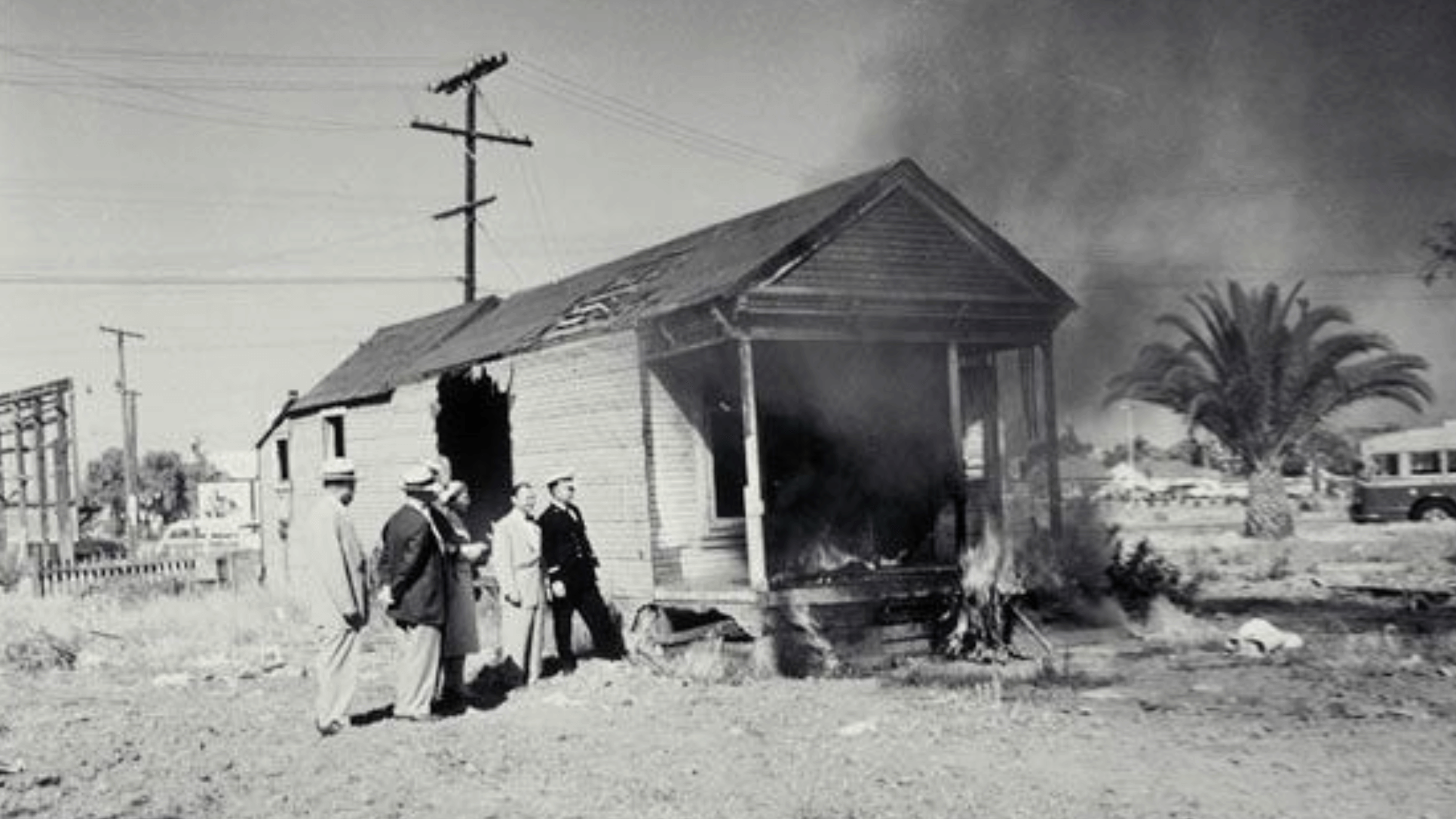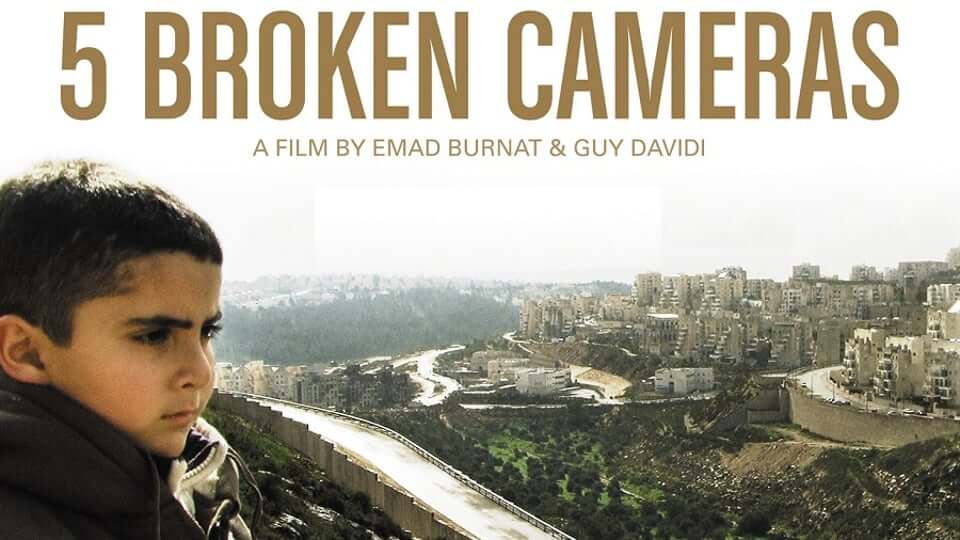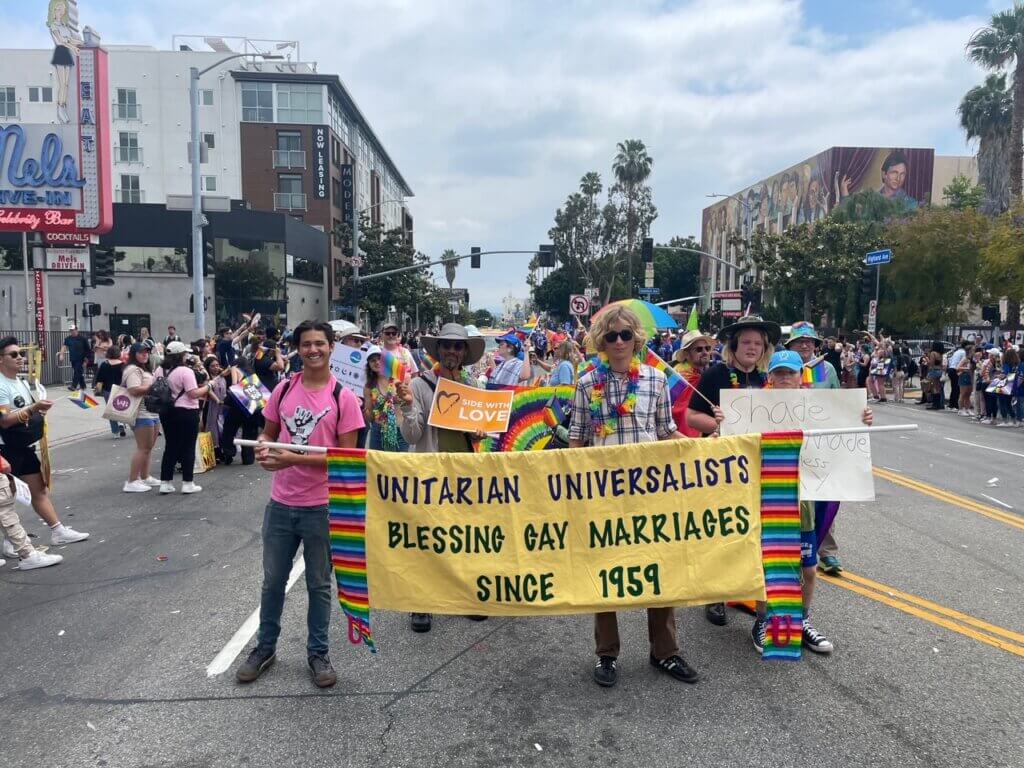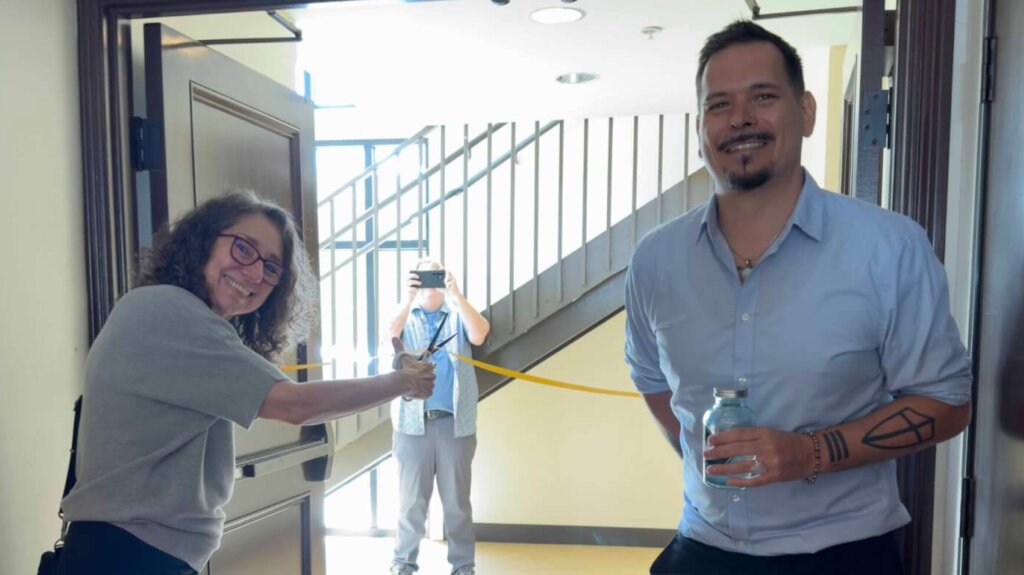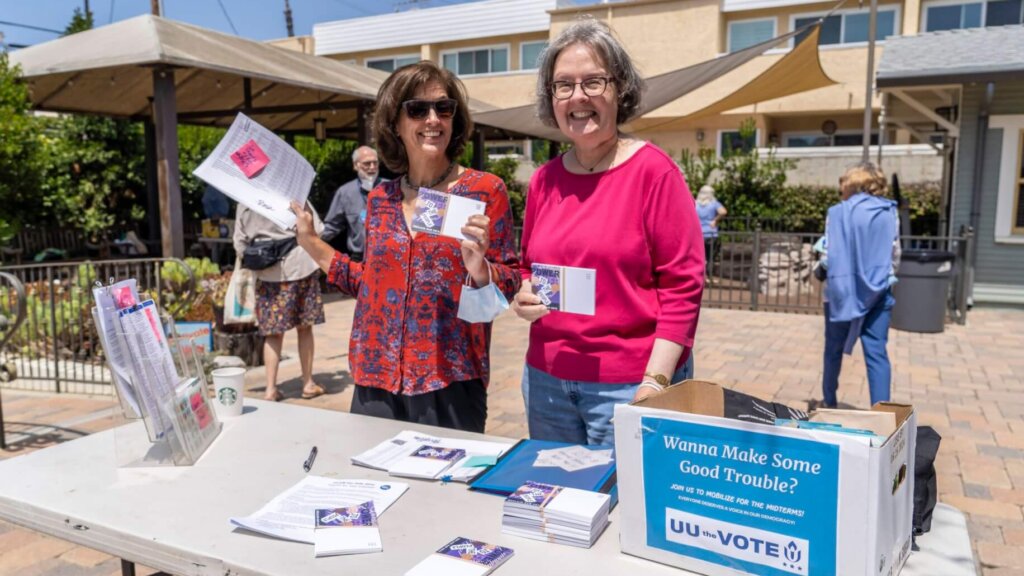On November 15, 2022, an apology was issued from the City of Santa Monica to its African American residents for past racial injustice and discrimination against them (see the full news article below).
The Peace and Social Justice Committee of the Unitarian Universalist Congregation of Santa Monica will be hosting a speaker on this topic at 12:00 noon on Sunday, October 15, 2023 in our sanctuary. Our speakers, Robbie Jones, Santa Monica Committee for Racial Justice (CRJ) Steering Committee member, and Angela Scott, another PSJ Committee member, will talk to us about this historic event and how activists got a consensus from the City Council. Please invite your friends, relatives, and people in organizations you belong to, to join us as we learn more about this important apology.
Robbie Jones is a historian, born and raised in Santa Monica. She offers tours of the early Black community in Santa Monica. Ms. Jones helped to start CRJ in 2011 after a racist incident at Santa Monica High School and officiates at the free public CRJ meetings held monthly at the Virginia Avenue Park Community Center.
An amazing thing happened a few months ago. The Santa Monica City Council adopted a statement apologizing to Santa Monica’s African American residents and their descendants. The apology was unanimously adopted and signed by Mayor, Sue Himmelrich, on November 15, 2022.
 The Statement begins: The City of Santa Monica acknowledges over a century of racial injustice and discrimination against African Americans that have resulted in systemically racist policies that continue to exclude and discriminate against African Americans.
The Statement begins: The City of Santa Monica acknowledges over a century of racial injustice and discrimination against African Americans that have resulted in systemically racist policies that continue to exclude and discriminate against African Americans.
I lived in Santa Monica, graduated from SaMoHi, went to Santa Monica City College, as it was called then, but I never heard anything about the racist practices of the past toward the Black community, until now.
The signed statement tells how African American’s migrated from the south to Santa Monica to escape Jim Crow racial restrictions beginning in the1880’s, lured by its amenities. But due to racism and de facto segregation Black residents were discriminated against, and only allowed to live in the industrial side of Santa Monica and swim at the Bay Street Beach. Later many were forced out of their neighborhood in the 50’s when Santa Monica High School was expanded and by eminent domain in the 60’s to make way for the Santa Monica Freeway.
My father bought a house in Santa Monica in 1958. I wonder if he was he was aware that there was a “Caucasians-only” clause in the deed, to ensure the segregating of races in 1920. Redlining and deed clauses continued until the Civil Rights Act of 1968 made them illegal.
Homeowners Loan Corp. created maps that marked neighborhoods where people of color lived saying they were poor loan risks, barring them from getting loans for home improvement or business, causing loss of business opportunities and deferring home maintenance.
The Apology states that the legacy of racists policies and systems were rationalized as ways to promote safety and protection of property, when in fact, they were tools of segregation and exclusion.
In the document it states, that the City of Santa Monica understands that real change will occur when all people recognize the impacts of systemic discrimination whether intentional or inadvertent. It says that this apology comes from both the City of Santa Monica, as well as every citizen enjoying her advantages.
It is a wonderful thing to accept responsibility for one’s past. A lot of work went on in the background to make this happen, but we admire the City Council’s courage to begin to right a wrong by issuing this apology.
I’ve only listed a few important points from the Apology. It is a very powerful read and I urge you to read the full text from the City of Santa Monica for yourself.
—Sandra Trutt, UUSM Peace and Social Justice Committee

